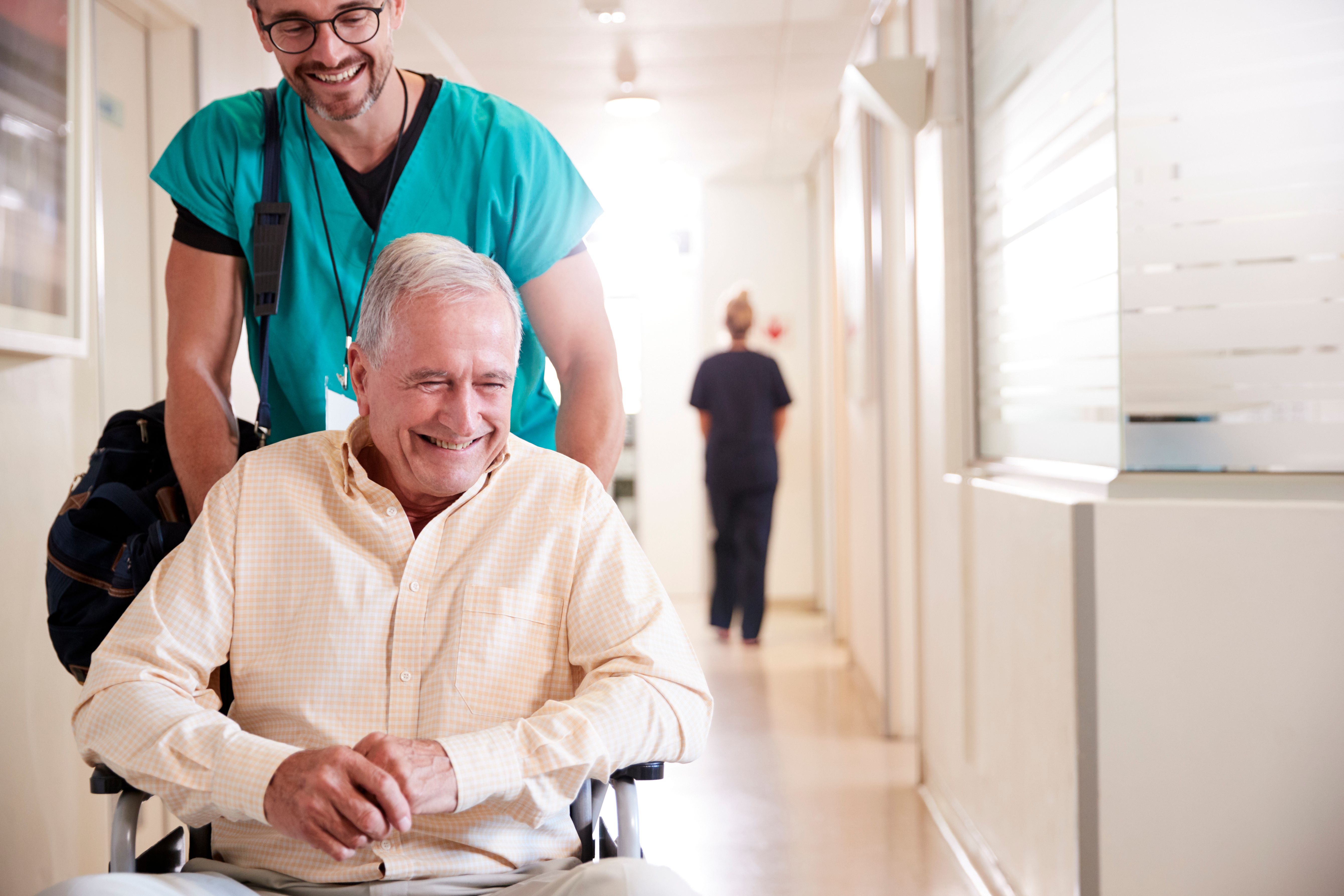Article
Smartphone Pictures of Post-Surgical Wounds Could Help Identify Infections Early
Author(s):
The smartphone group were nearly 4 times more likely to have their wound infection diagnosed within 7 days of their surgery compared to the routine care group.
Patients who took photos of their post-surgical wounds and sent them to clinicians were found to have fewer visits to general practitioners as well as improved access to clinician advice, according to a new study.
These so-called “surgery selfies” could help manage patients’ care while they recover, as well as reducing pressure on the health care system, according to a press release. Death within 30 days of surgery is the third largest cause of death globally, and surgical wound infections are associated with more than one-third of deaths after an operation. Infections also have significant costs associated due to longer stays in the hospital, readmissions, and extra treatments.
“Since the COVID-19 pandemic started, there have been big changes in how care after surgery is delivered,” said study co-leader Kenneth McLean, MBChB, BMedSci, in the press release. “Patients and staff have become used to having remote consultations, and we’ve shown we can effectively and safely monitor wounds after surgery while patients recover at home. This is likely to become the new normal.”
Researchers from the University of Edinburgh conducted a randomized clinical trial with 492 emergency abdominal surgery patients to investigate whether smartphone pictures and questions about infection symptoms could be used to diagnose wound infections early. One group of 223 patients were contacted on days 3, 7, and 15 after surgery and were directed to take an online survey, which asked about their wound and any symptoms they were experiencing. They were then instructed to take a photo of the wound and upload it to the secure website.
A member of the surgical team then assessed the photos and patients’ responses for signs of infection. The researchers followed up with patients 30 days after surgery to find out if they had been diagnosed with an infection, and they found no significant differences between both groups in the overall time it took to diagnose wound infections.
However, the smartphone group were nearly 4 times more likely to have their wound infection diagnosed within 7 days of their surgery compared to the routine care group. The smartphone group were also found to have a reduced number of general practitioner visits compared with routine care, and they reported a better experience when trying to access post-operative care.
“Our study shows the benefits of using mobile technology for follow-up after surgery,” said Ewen Harrison, a professor of surgery and data science at the University of Edinburgh and leader of the research, in the press release. “Recovery can be an anxious time for everybody. These approaches provide reassurance—after all, most of us don’t know what a normally healing wound looks like a few weeks after surgery.”
With these findings in mind, the research team is now conducting a follow-up study to determine how this can be best implemented for surgical patients in Scotland. Artificial intelligence will also be used to help the clinical team assess the possibility of wound infection.
“We hope that picking up wound problems early can result in treatments that limit complications,” Harrison said in the press release. “Using mobile phone apps around the time of surgery is becoming common—we are working to scale this within the [National Health Service], given the benefits for patients in continuing to be directly connected with the hospital team treating them.”
REFERENCE
‘Surgery selfies’ could spot infections early. News release. University of Edinburgh; November 18, 2021. Accessed November 18, 2021. https://www.ed.ac.uk/news/2021/surgery-selfies-could-spot-infections-early






